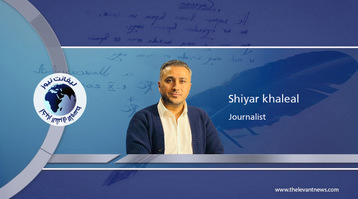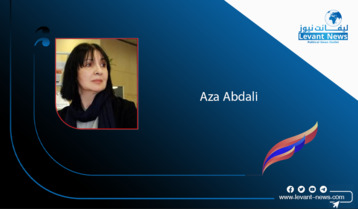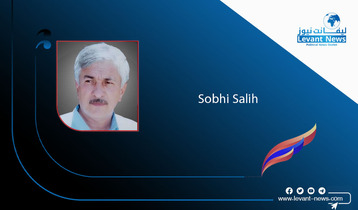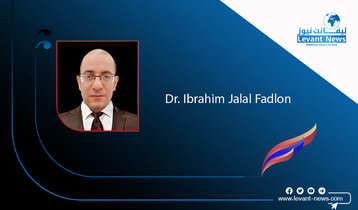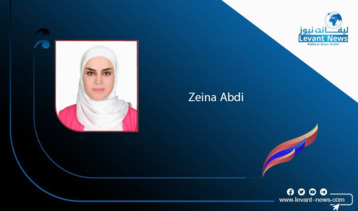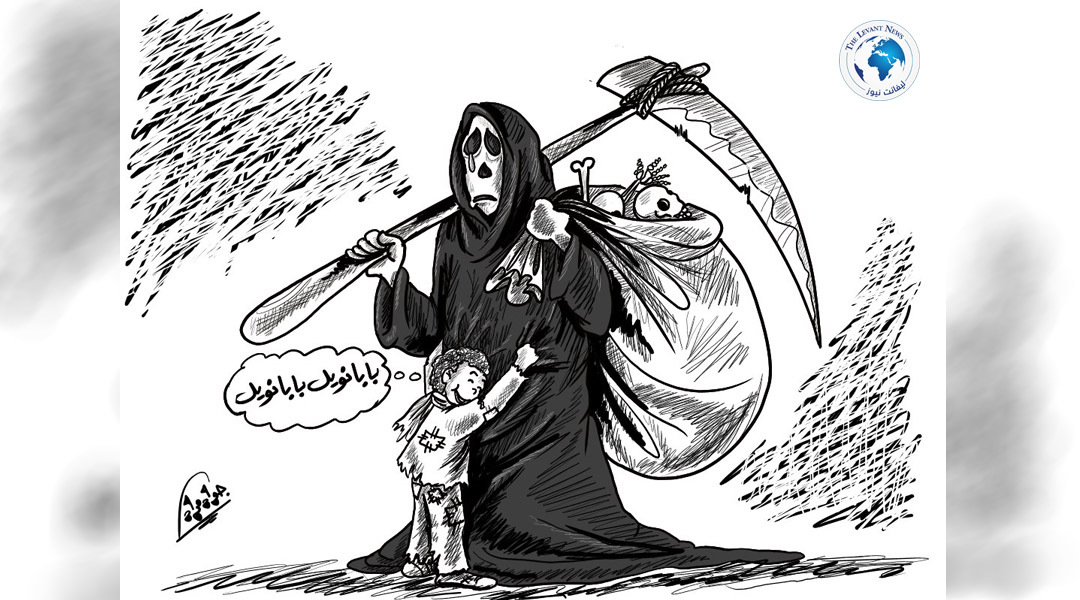-
Can the Mullah Regime Be Overthrown from Within?
-
A Strategic Analysis of Prospects for Change in Iran Amid Media Blackout
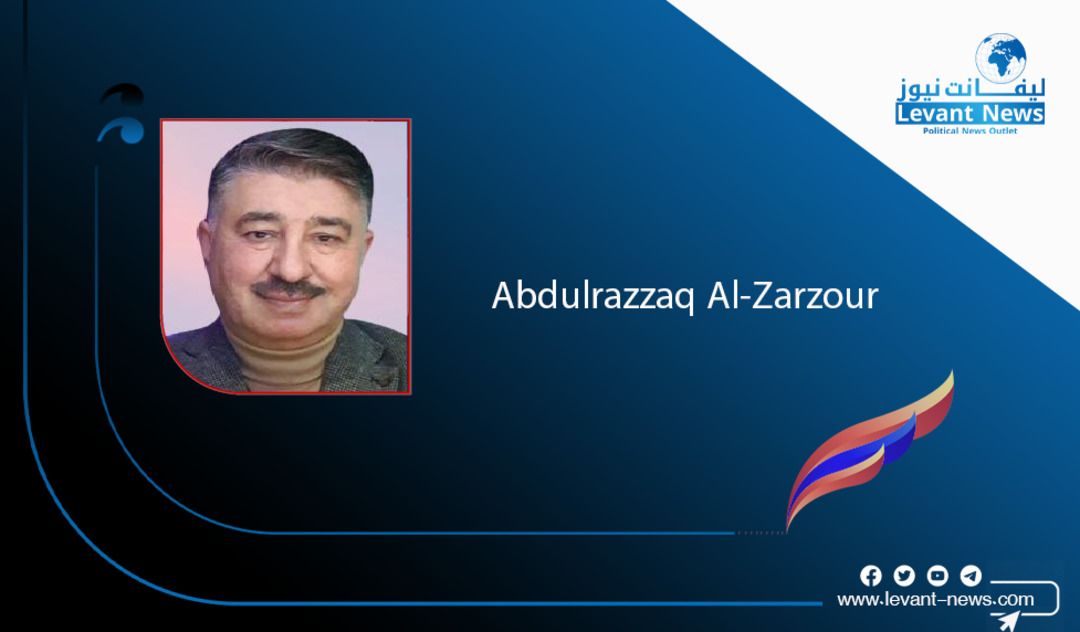
In the midst of a volatile regional and international landscape, Iran remains a focal point for both nations and peoples—not only for its geopolitical weight but also for the controversial political model of “Wilayat al-Faqih” (Guardianship of the Jurist), a theocratic regime that has stirred widespread debate since it hijacked the Iranian national revolution of 1979.
Yet the pressing question that has emerged in recent years—especially amid growing popular protests, the expanding scope and intensity of operations by the Iranian Resistance Units affiliated with the People's Mojahedin Organization of Iran (PMOI/MEK), a core entity of the National Council of Resistance of Iran (NCRI), and a severe economic collapse—is: Can the mullah regime be overthrown from within? What are the possible pathways to achieve such a change in light of an Arab and Western media blackout on the regime’s crimes against the Iranian people? This analysis explores several key factors:
First: Underlying Causes Behind Calls for Change
Analyzing the potential fall of the Iranian regime from within requires a thorough understanding of its political and security structure. For decades, Iran has maintained a theocratic system where religious and political powers are intertwined, with most of the state's critical sectors controlled by the Islamic Revolutionary Guard Corps (IRGC)—not only security and military affairs but also the economy, media, and judiciary.
However, recent years have witnessed a dramatic surge in public anger due to several major factors:
A collapsing economy driven by Western sanctions and severe domestic mismanagement.
Widespread corruption across all state institutions, particularly in the oil and infrastructure sectors.
Brutal suppression that has affected hundreds of thousands of Iranians in protests during 2009, 2017, 2019, and most notably 2022 following the murder of Mahsa Amini.
A growing rift between the ruling religious establishment and the general population, especially the youth, who see the regime as illegitimate and detached.
Second: Media Blackout and Double Standards
The ongoing media blackout on the regime's crimes against the Iranian people has been one of the major obstacles to change. Arab state media—due to political interests or ties with major powers—often avoid reporting on Iran's human rights abuses and oppression of minorities. Meanwhile, Western media tends to maintain a double standard, focusing more on Iran's nuclear program than on its internal human rights situation. Observers have noted that violent incidents in Iran, resulting in hundreds of deaths and thousands of arrests, have not received the same coverage as similar events in other countries, revealing a level of complicity or selectivity in addressing human rights in Iran.
Third: Is Change from Within Possible?
Despite the regime’s iron grip, several factors indicate that internal change is not only possible—it is inevitable in the near term, given the escalating resistance both inside and outside the country. However, this change is conditional upon international stances that continue to appease and negotiate with the ruling clerical regime.
In this context, Mrs. Maryam Rajavi, leader of the Iranian Resistance, has repeatedly affirmed the certainty and possibility of change, as well as the Iranian people's readiness. Rejecting war and appeasement, she proposed a third option before the European Parliament:
“No to war... No to appeasement... Yes to change from within by the Iranian people.”
She added, “Let the Iranian people decide their own fate.”
2. Internal Fractures in the Regime
There are increasing reports of divisions within the ruling establishment—even within the IRGC itself—between the hardliner faction aligned with the Supreme Leader and a pragmatic wing that sees reform as the only way to save the regime. However, the people no longer believe in “reform” as a concept, having endured 45 years of political manipulation by alternating so-called “reformists” and “conservatives” solely to preserve the regime.
3. Repeated Uprisings
Since 2009, protests have continued to erupt with increasing frequency and intensity, demonstrating that the Iranian people have not been subdued. Rather, they are steadily building a mature and escalating resistance movement that may soon reach the point of no return—regardless of the cost.
4. The Growing Role of Women
The women’s movement in Iran has become an undeniable force, inspired by the pioneering role of women within the PMOI and the broader Iranian Resistance. This has opened the door to broader internal coalitions capable of reshaping Iran’s social and political balances.
Fourth: Future Scenarios
Scenario 1: Gradual collapse due to internal pressure and the efforts of resistance units—this is the most likely outcome.
Scenario 2: A soft or military coup led by reformist elements within the IRGC—which would prolong the suffering of both the Iranian people and neighboring nations.
Scenario 3: Continuation of the status quo for another decade, marked by intensified repression and absolute control—dependent on the regime’s ability to withstand mounting internal, economic, and political pressures.
Conclusion
Despite the imposed Arab and Western media blackout and the regime’s oppressive control, many indicators suggest that Iran’s regime faces an existential crisis. Change from within is not only possible—it has become an urgent necessity for a freedom-seeking Iranian people. However, this hinges on continued resistance and meaningful international moral and media support to break the wall of silence and appeasement that has long shielded the regime.
This same wall allowed the West to overlook the 1988 massacre of political prisoners—including PMOI members—both in Iran and Iraq. Today, the same silence persists over the execution of young opposition voices and the risk of similar atrocities being repeated.
Here, we do not call on the Iranian people to rely on outsiders in their decisive battle. Rather, they must escalate their uprising and align with the Iranian Resistance to hasten the regime’s fall and attain their freedom. As for us—the people of the Middle East—we must realize that the fall of the mullah regime would be a liberation for the entire region, not just Iran.
So I return to ask: Will the coming change be purely Iranian-born, emerging from the heart of the streets like in other regimes—or will we allow the West to install new tyrants?
Time will tell... but history does not forgive those who stand against the will of the people.
By: Syrian human rights and political activist, Attorney Abdulrazzaq Al-Zarzour
You May Also Like
Popular Posts
Caricature
opinion
Report
ads
Newsletter
Subscribe to our mailing list to get the new updates!

